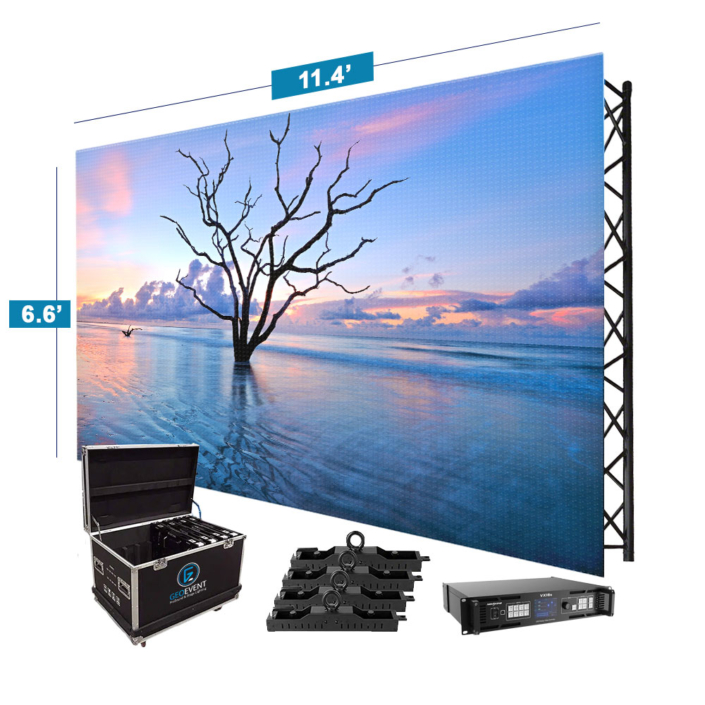Clarifying LED Display Panel Illumination Measurements aiming at Optimal Visual Functionality
LED wall panels have become more and more favored across different environments, from residences to businesses and public areas. Such screens tend to be recognized due to the vivid as well as dynamic displays, which make them ideal for conveying information, ads, and entertainment. However, understanding the brightness measurements of Light Emitting Diode wall panels is essential to guaranteeing optimal display performance. Brightness is measured using metrics called candelas, that indicate how much light is emitted by the panel. The higher the number in candelas, the brighter more luminous the visual is. For instance, instance, a screen with 1,000 nits is considerably more vivid compared to one with 500 nits, making it more suitable in brightly lit settings.

As you selecting an Light Emitting Diode panel screen, one becomes crucial in take into account the environment in that the screen will be placed. For well-lit illumined spaces, like shopping malls and outdoor settings, a higher luminosity rate becomes essential for guaranteeing clarity. Conversely, within darker settings, such as theaters or conference rooms, a lower brightness level may suffice. This is because is bright unnecessary luminosity within an dim setting may result in viewer discomfort among the audience, making it harder to focus on the display. Therefore, understanding the specific requirements for an setup site can help in choosing the right brightness level for optimal viewing experience.
A further crucial element for take into account the the contrast ratio of the LED wall panel. The contrast measurement indicates how much disparity exists between the brightest most luminous light versus the darkest dark black which a screen is able to create. A higher contrast ratio means that the display can present more clarity and depth, which enhances overall visual clarity. For example, one screen boasting a differential ratio at ten thousand to one is able to show visuals with more vivid colors as well as crisper features compared to one with a proportion at one thousand to one. This is particularly important when showing visuals or videos that require greater definition as well as detail, such as presentations and advertising material.
Moreover, the technology mechanism that drives LED panel panels plays a essential part for their brightness as well as total efficiency. Various kinds in LED technologies, including Organic Light Emitting Diode as well as LCD, have unique traits which impact how brightness is perceived. Organic Light Emitting Diode best site screens typically offer superior differential as well as deeper shades, thereby may enhance the viewing experience within dim settings. On the other hand, traditional Light Emitting Diode screens may be better in well-lit environments due to the capacity to produce greater levels of illumination. Comprehending such technological variances can guide users to making informed decisions according to their specific click site requirements.
In conclusion, consistent care as well as adjustment of LED panel panels can assist maintain optimal illumination as well as performance long-term. Dust as well as dirt can build up on the screen, affecting the illumination and clarity in the display. Regular cleaning and expert calibration can guarantee that panel screen operates at its best, offering consistent image clarity. Additionally, some sophisticated LED panel screens come built-in built-in features that allow operators for adjust illumination settings and hue settings according to individual preferences. Through implementing such measures, operators can guarantee that their Light Emitting Diode wall screens deliver the optimal display performance, regardless of the environment in that they are placed.